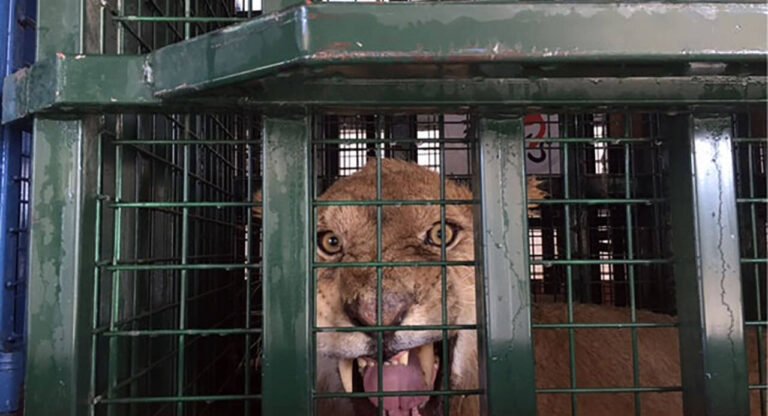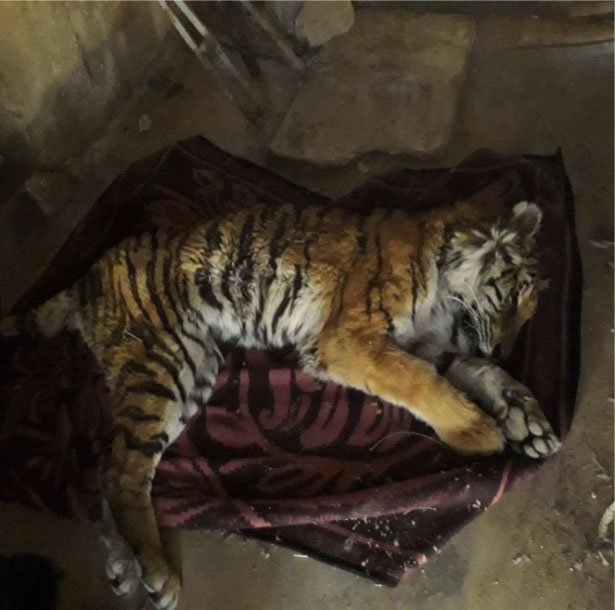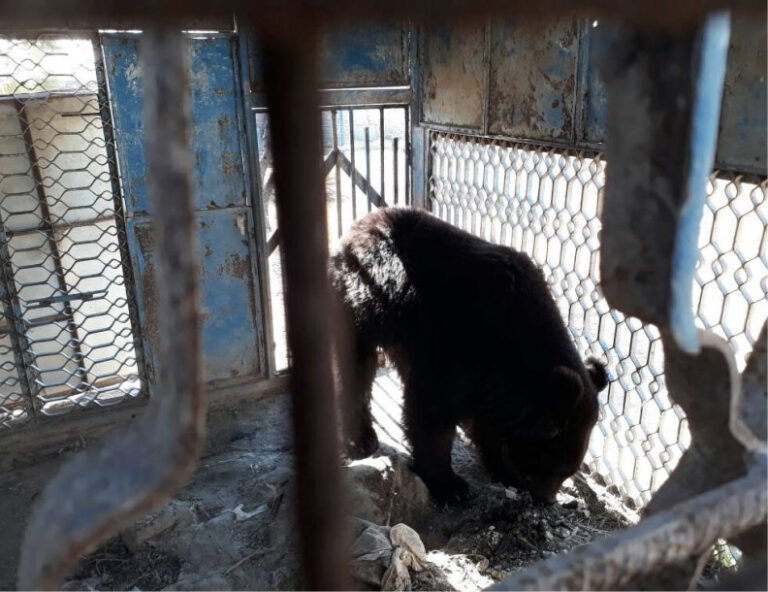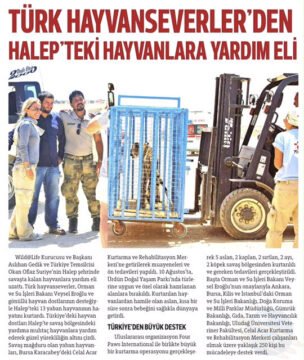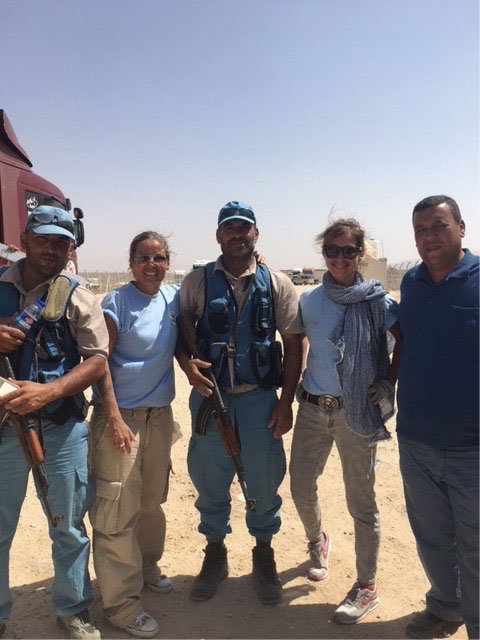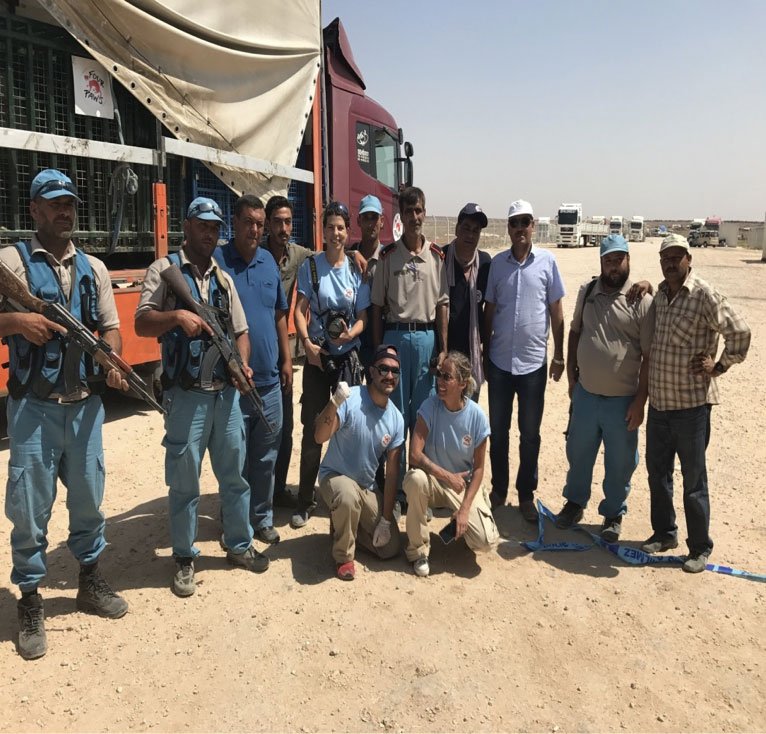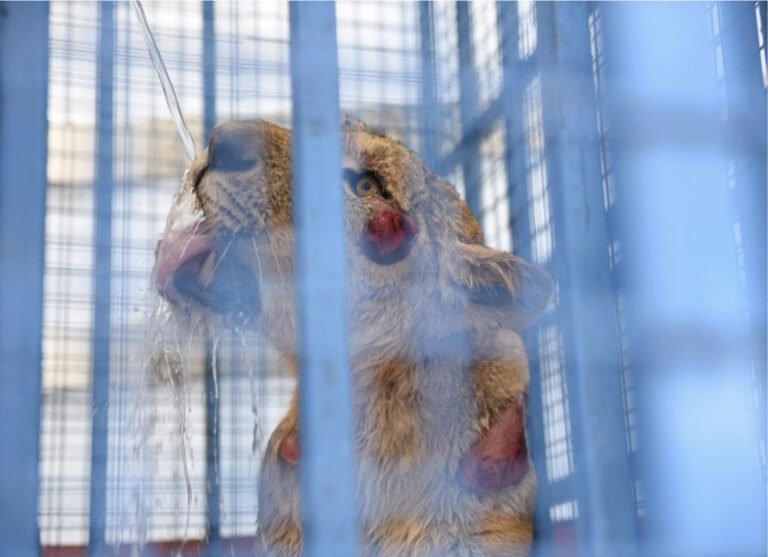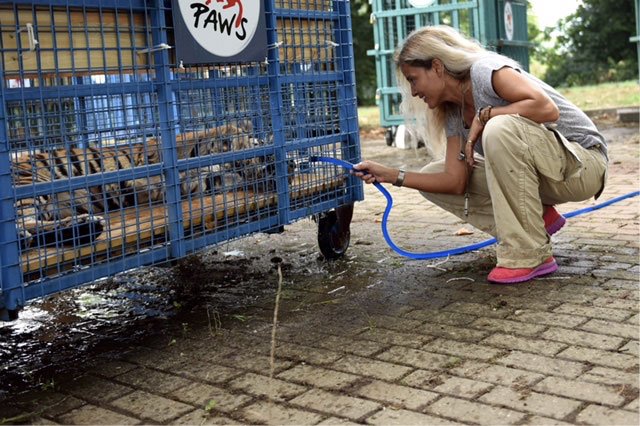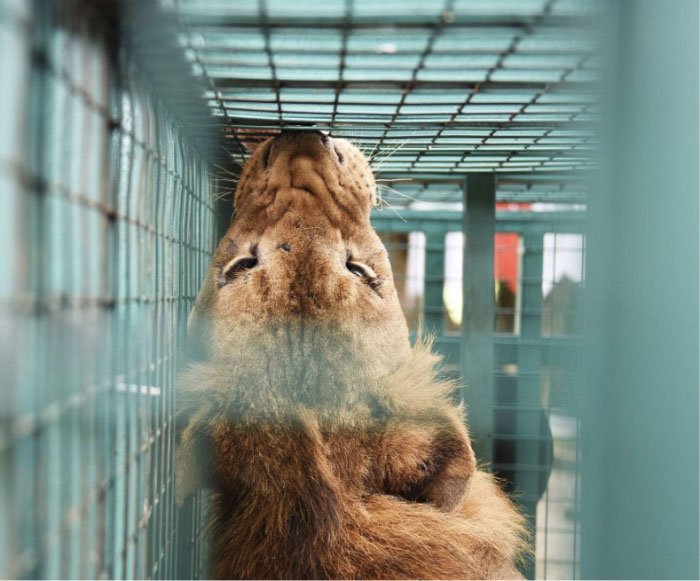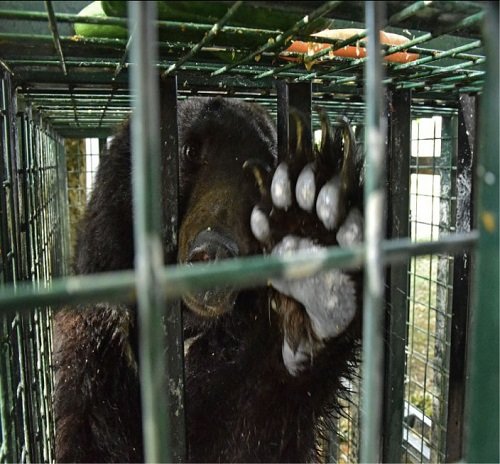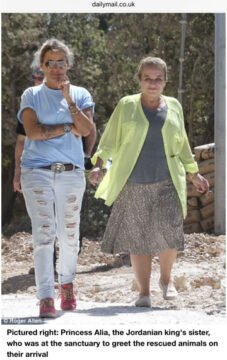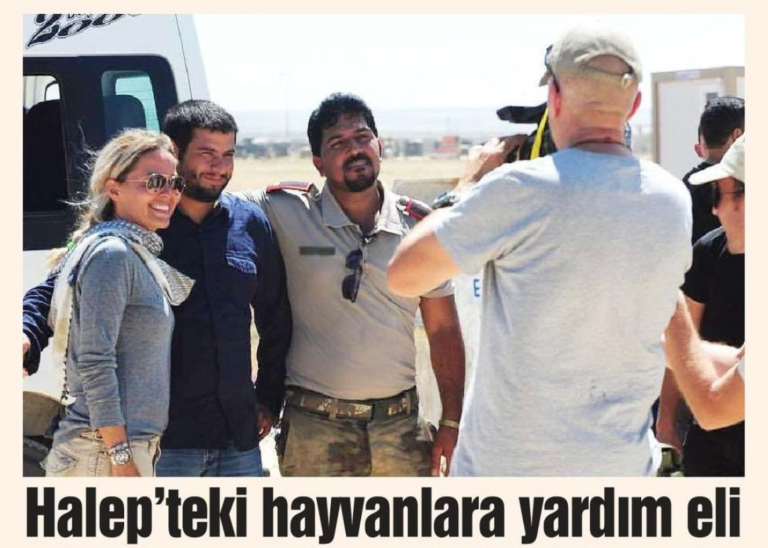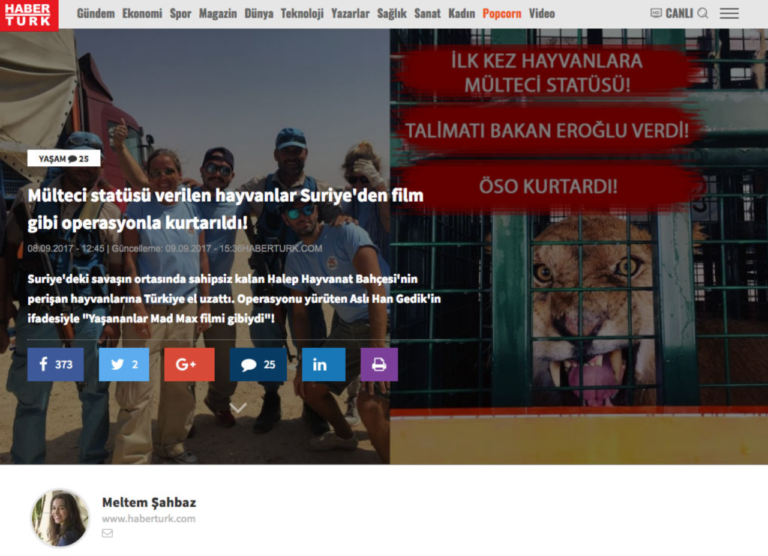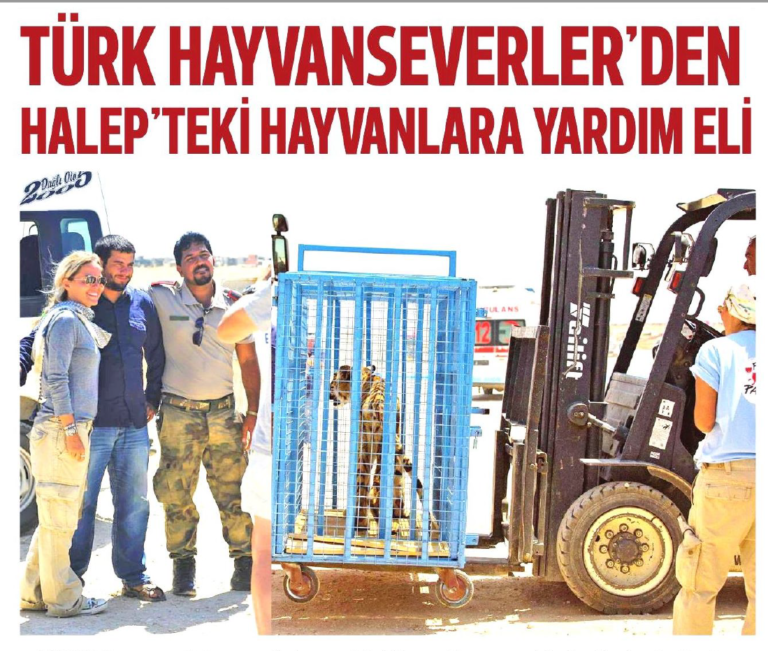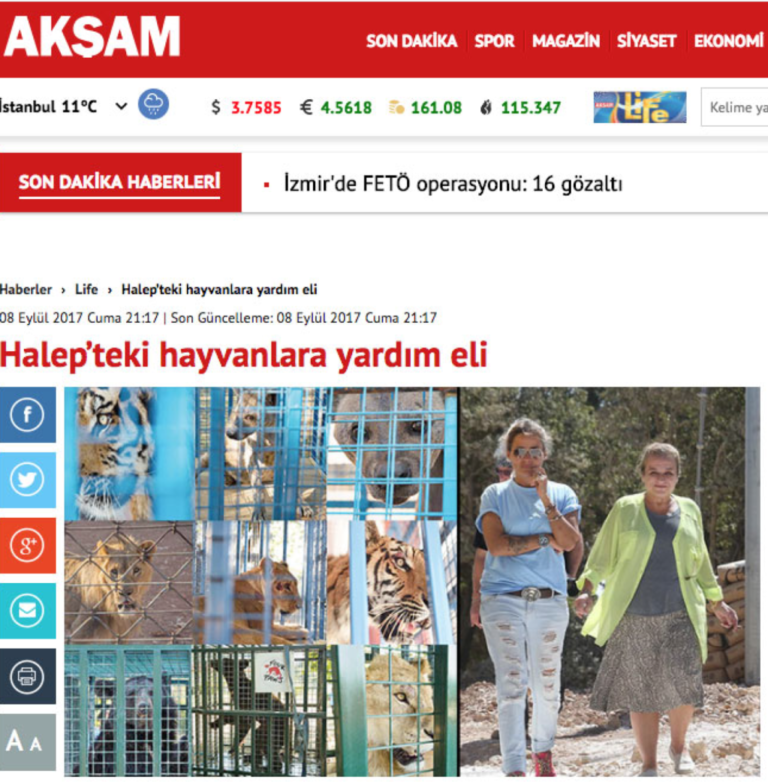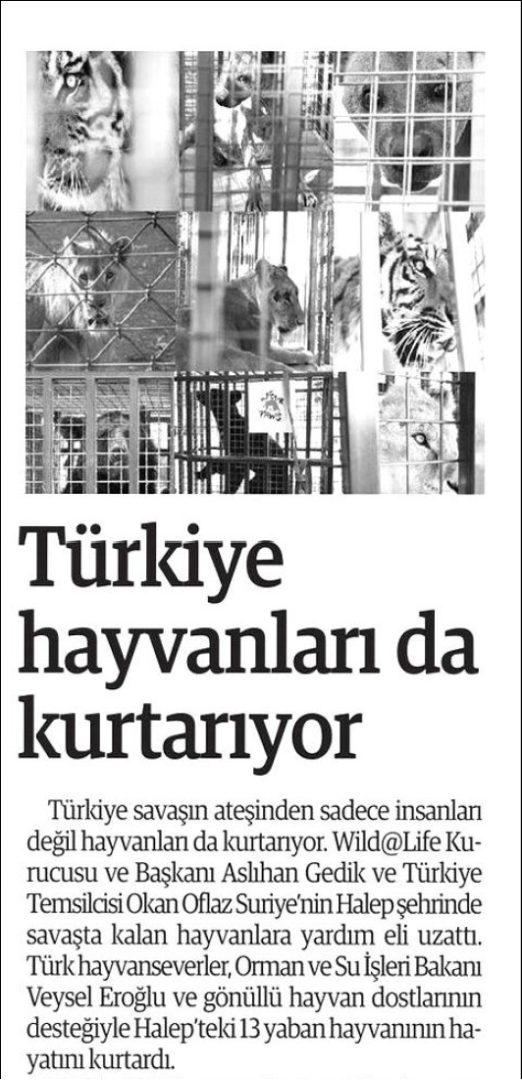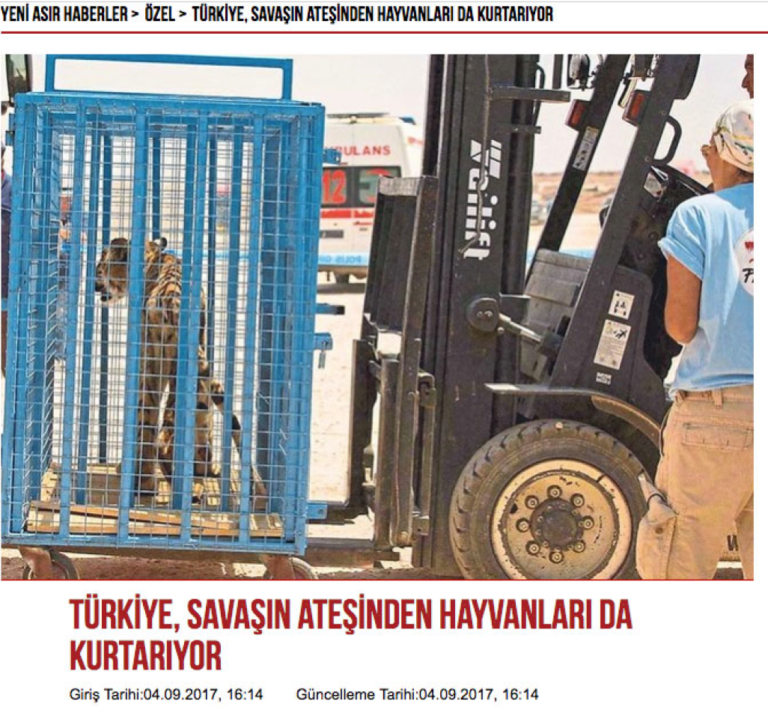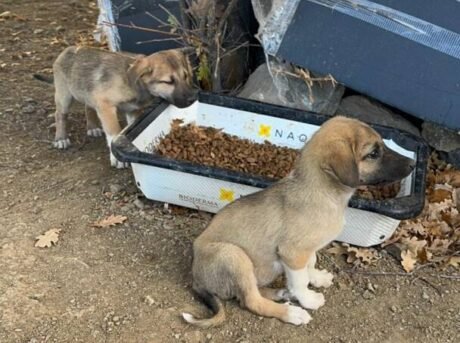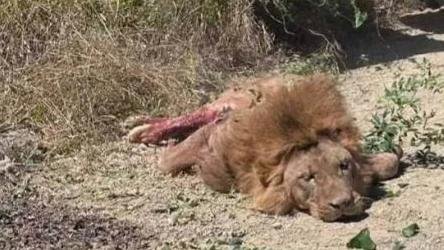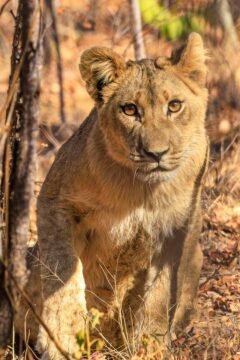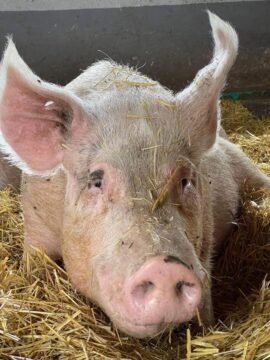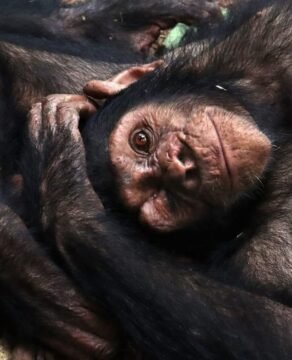The conflict has involved the Syrian government, opposition forces, extremist groups, and foreign militaries. It has resulted in widespread violence, including the use of chemical weapons and the deliberate targeting of civilians. The war has also led to a humanitarian crisis, with millions of people in need of basic necessities such as food, water, and medical care. The conflict is ongoing, and the prospects for peace and stability in the region remain uncertain.
Wild At Life Project
Rescuing from Aleppo Zoo
For the first time in history, animals are given 'refugees' status
Activity status: Accomplished
Area of Activity: Aleppo, Syria
The Syrian war, which began in 2011, is a devastating conflict that has resulted in hundreds of thousands of deaths and millions of displaced people. The war started as a peaceful protest against the government but quickly escalated into a full-blown civil war, with various armed groups and foreign powers involved.
In Aleppo, Syria, that is no different. Aleppo has seen some of the worst fighting since the civil war broke out in 2011. Years of heavy conflicts left Aleppo with continuous airstrikes that even included chemical weapons. Among the terrible scenes in Syria, there was a heartbreaking story that only a few animal activists knew about – the abandoned animals of the Aleppo zoo. Known as “Magic World”, it is situated on the outskirts of Aleppo and it is home to abandoned, traumatized animals left to fend for themselves in the midst of heavy fighting. They did not stand a chance, not until some kind and courageous people – also known as “crazy Turks” by some press – decided to change that…
Magic World is situated in an area that was under the rebels’ control. Whenever fighting broke out, the animals were trapped without food or water in their rusty, filthy enclosures, amid explosions and the firing of machine guns. The initial number of animals was around 300. Since then, many have died in bombings, gotten sick, starved to death, or sold to the black market. By early 2017, the number of live animals left plunged to a staggering 13.
When the news reached Wild at Life e.V. in late March 2017, we decided to do whatever we can to bring these animals to safety. As going to a war zone is not easy, intense planning and negotiations took weeks.

The Rescue – the first of its kind
Going to one of the most dangerous places on Earth, rescuing abandoned animals, and bringing them to safety in Türkiye – Wild at Life e.V.’s goal sounded crazy, even impossible to many. Teams on the ground needed to negotiate to move the animals safely from a road trip from Aleppo, passing through the active war zone to the border crossing into Türkiye. Risks were imminent and the vehicle could have been bombed by Syrian, Russian, American, or Turkish warplanes, snipers along the road could have opened fire, and people or animals could have been kidnapped. Other foreign organizations who were aware of this mission also stepped in, but no institution or person wanted to enter the danger zone.
It is at this moment that Wild at Life e.V.’s founder, Asli Han Gedik, and Turkish Representative, Okan Oflaz, created a true miracle. They went to the government to get official support to enter the war zone and to guarantee the safety of the operation as much as possible, but the government granted them more than they asked for. Veysel Eroğlu, the Minister of Forestry and Water of Türkiye, and a Member of Parliament, personally prepared and signed a first-of-its-kind document: the animals have refugee status just like humans, allowing them to be brought to Türkiye, which is already home to 3 million Syrian refugees. Türkiye became the first and the only country to accept these animals as War Refugees, which made this rescue operation possible.
Meanwhile, five country borders, one of them being Cobanbey, were specially opened for this rescue mission and were going to remain open for Wild at Life e.V. until all animals are brought out of Syria.
In July, it was time for the team to travel to the southern border of Türkiye to make final arrangements. The team, to name a few, Asli, Okan, and Neslihan Gedik – contractor for major construction companies, a warzone specialist, as well as an animal rights activist – left for Kilis, a city near Gaziantep, close to the Syrian border. The team went to the Syrian border officials to make negotiations, to secure a safe passage for the animals and themselves, and to conclude the paperwork with the Ministry of Customs, Ministry of Forestry, General Directorate of Nature Conservation and National Park and Ministry of Agriculture, as well as ground assistance from Turkish Army.
When Wild at Life e.V. and our logistic partners were finally at the Cobanbey border, the war was intensifying and crossing would not be possible the first few days. On 21st July when the situation was calmer, the mission was launched and our little Noah’s ark was going to meet us. The Turkish Customs Police in the Cobanbey border provided the safest possible conditions beyond the border in Syria by allocating additional troops for the security of the team and making the necessary partnerships with the Free Syrian Army.
Once the heavy gates between Syria and Türkiye were opened, we were in Syria – a no man’s land, a place that now looks like something out of a movie, devastated by war. Our hearts were pumping, as for many of us, this was a situation that we have never been in. At mid-way, our Noah’s ark was approaching and the lions were roaring. The curtains of the truck dropped and our rescues were looking at us: lions, tigers, bears, and hyenas, all exhausted, with a lot of scars and signs of being traumatized, but alive!
We did not have much time, the place could be bombed any second. And right at that moment, despite knowing it was not a safe and smart move, the soldiers dropped their weapons and actively helped us move the animals from a Syrian to a Turkish truck. The happiness of saving the remaining animals from Magic World was evident in everyone’s eyes. One by one we moved the heavy crates and once all crates were transferred to our truck, we hugged the Syrian soldiers, wished for them to remain alive, knowing we will never meet again, and left for Türkiye. The gate on the Turkish side of the border remained open for us and our animals-filled truck crossed the border. International security companies said it would be impossible to save the animals. But we did not give up.
The rescue was successful!
Once we were in Türkiye, we stopped for paperwork and to check the well-being of the animals as now we had the time and security to stop. All the animals were dehydrated and severely malnourished. Their tick-covered bodies were scarred and matted in filth, and many had open wounds. We provided medical care and water ahead of the 24-hour drive of 1200km to the government-run Karacabey bear sanctuary. Asli opted to travel with the lions in the truck, so she could monitor their conditions. It was her third day without sleep.
At Karacabey Bear Sanctuary, a rehabilitation area for the War Asylum animals
Wild at Life e.V. made sure that animals were well-rested and had their first check-up, where they were given blood tests, ultrasounds, checks for parasites, and vaccinations. Sultan, a skeletal-year-old tiger, was in critical condition and when anaesthetized for tests, he went into cardiac arrest. The scene transformed into an ER but luckily, he started breathing and made it back.
The male hyena’s vision was clouded by cataracts, the female had severe kidney diseases. The three lionesses and the other tiger were emaciated. The bears had badly damaged teeth, the result of a poor diet and biting the bars of their cages out of fear or boredom. During the health check, the ultrasound performed on the pregnant lioness showed she was carrying two cubs and she could go into labour at any time.
Wild at Life e.V. arranged the health certificates and permits from the Turkish government to move the animals to Jordan, a sanctuary built by the Princess Alia Foundation. Like humans, animals in war zones suffer psychological trauma from the death of their family and friends, the destruction of their “home” (in this case, their barren cages), and the constant stress of explosions and gunfire. Some will bear those traumas even years after the physical wounds have healed.

The Final Step
The Turkish government assisted in the quick arrangement of papers and documents for their travels and another special permission was given to the team to take care of the animals until the time of loading at the restricted cargo department in Istanbul Atatürk Airport. In August, the team left Karacabey for Istanbul Airport, again with the little Noah’s Ark, gaining surprised looks from bystanders while travelling through Türkiye. Wild animals in the streets of Istanbul were a sights many would remember. Upon arrival at the airport, the entire team, including foreign journalists from BBC, National Geographic, and our partner NGO, were not allowed in the restricted cargo area.
Wild at Life e.V. made sure to take the necessary steps and paperwork to allow everyone to be part of the last leg of this rescue mission and we could all be present during the loading of the animals. But we had some setbacks, the animals’ crates were too big and the wheels had to be cut. We had to do these ourselves and the scheduled Royal Jordanian Airlines flight at 20:00 could only leave with all of us at 23:30. We landed in Amman around 03:30, again, the third consecutive day without sleep. The team started the release of each animal.
This international operation, including Türkiye, Syria and Jordan, took exactly 5 months. Aslihan Gedik and Okan Oflaz went personally to Kilis, then to Çobanbey, then to Syria and then to the state-administrated sanctuary in Karacabey. They did not leave the animals alone in the cargo department at Istanbul Atatürk Airport and were put on the plane. They also flew to Jordan and personally handed the animals over to the Jordanian Princess Alia.
The day after, when we checked on the lioness, she had given birth, completing the mission with a blessing, a rescue that would have never been done without the joint effort of people and governments. These 13 survivors are “Animal Ambassadors.”
This was the first official rescue taken under the wings of Wild at Life e.V. Our plans are many, but our group is just only growing. For us to be able to continue these specific and unique rescues, we need like-minded people like you to believe in us and contribute to our work. We have decided to remain strong and small, so we can shift all our resources to animals and accomplish projects one by one, with one goal: saving animals and habitats on the ground and investing back all donations to the projects.
For us to scale greater heights,
we need your support. Without an office and goody/welcome bags, we are able to direct 98.2% of our funds to our conservation projects.
All donations made in Germany are tax deductible.
Update: September 27, 2017
Aleppo Zoo Mission – Published on Bursa Kent
Bursa Kent reports on how Wild at Life e.V. played a part in lending a helping hand to the animals in Aleppo. The article is in Turkish.
Update: September 25, 2017
Aleppo Zoo Mission – Published on HaberTurk
HaberTurk’s long and detailed piece on Wild at Life e.V’s rescue mission in Syria where then-Minister of Forestry and Water of Turke, Veysel Eroğlu, personally ordered the 13 animals abandoned in Aleppo Zoo to be granted refugee status. The article is in Turkish.
Update: September 25, 2017
Aleppo Zoo Mission – Published on Sabah
A short coverage done by Sabah newspaper, also better known as Daily Sabah in English, on Wild at Life e.V’s rescue mission in Syria. The article is in Turkish.
Update: September 25, 2017
Aleppo Zoo Mission – Published on YeniBirlik
YeniBirlik covers Wild at Life e.V’s successful rescue mission in Syria. The article is in Turkish.
Update: September 25, 2017
Aleppo Zoo Mission – Published on The Bulletin
Wild at Life e.V’s founder Asli Han Gedik was mentioned in the September 2017 issue of The Bulletin, along with the organisation’s successful Aleppo zoo rescue mission in Syria. Feel free to read about it on page 6. The file is in English.
Update: September 8, 2017
Aleppo Zoo Mission – Published on Aksam Newspaper
Aksam newspaper wrote a piece on 08/09/2017 on the rescue mission of Aleppo Zoo, where the animals were brought to Celal Acar Rescue & Rehabilitation Center in Bursa Karacabey, before being moved to Jordan Wildlife Park. The article is in Turkish.
Update: September 6, 2017
Aleppo Zoo Mission – Published on Harbi Türkiye
Harbi Türkiye talks about Wild at Life e.V’s 5-months stint in rescuing the abandoned zoo animals out of Aleppo Zoo, while also mentioning Turkish representative Okan Oflaz, former Minister of Forestry and Water of Turkey Veysel Eroglu, veterinarian Nilay Tezsay, and wildlife specialist veterinarian Prof. Dr. Frank Göritz, who helped made the mission a success. The article is in Turkish.
Update: September 4, 2017
Aleppo Zoo Mission – Published on Yeni Asir
On 04/09/2017, Yeni Asir newspaper covered the success story of the Aleppo Zoo rescue mission, where five lions, two hyenas, two bears, and two dogs were saved. The article is in Turkish.
Update: September 1, 2017
Aleppo Zoo Mission – Published on Bi Magazin
On 01/09/2017, Bi Magazin published an article on Wild at Life e.V.’s Aleppo rescue mission where 13 abandoned and neglected animals were relocated to Jordan Wildlife Park under the supervision of Princess Alia. The article is in Turkish.
Lorem ipsum
This project is carried out in the following activity areas
Spread the news!
Help us increasing social commitment in saving endangered wild species. Express your support by sharing this article in your favorite social media channel.
Facebook
Twitter
LinkedIn
Pinterest
WhatsApp
Email
Most recent news
Project update
November 4, 2025
Every day, our team works tirelessly to care for the hundreds of stray animals living on the outskirts of Ankara. We currently feed between 250–300 dogs daily, ensuring that no one goes hungry — even in the most remote and
Project update
October 19, 2025
A male lion named Zeus escaped from the underground animal park Aslan Diyarı in Antalya’s Manavgat district, attacking and injuring a local farmer, Süleyman Kır, before being captured and killed. Zeus had broken free from his cage at a private
Project update
October 3, 2025
The last World Lion Day was not a celebration for us. Instead of sharing uplifting stories, we had to deliver heartbreaking news: the matriarch of the Hippo Creek Pride in Victoria Falls was brutally killed by poachers. She was an
Project update
September 8, 2025
Wild at Life e.V. cares for dozens of rescued farm animals — especially pigs — who now live safely with our partner NGO, an organization that provides a home to hundreds of farm animals. Among them are many pigs we
News
September 4, 2025
Verängstigt und verstört drängen sich die Affen an die Gitterstäbe ihrer viel zu kleinen Käfige –Bilder, die einem die Tränen in die Augen treiben. Doch für Tierschützerin Aslihan Gedik sind sie kein seltener Anblick. Immer wieder müssen sie und ihr
Project update
August 25, 2025
Wild at Life’s Mission Caita is a vital initiative focused on combating wildlife trafficking, particularly targeting the illegal trade of chimpanzees in Angola. We are the only NGO working in the Maiombe Rainforest in Cabinda, where we have been active
Stay informed!
Subscribe to our newsletter to keep up to date with our activities!
By subscribing you consent to our Privacy Policy
